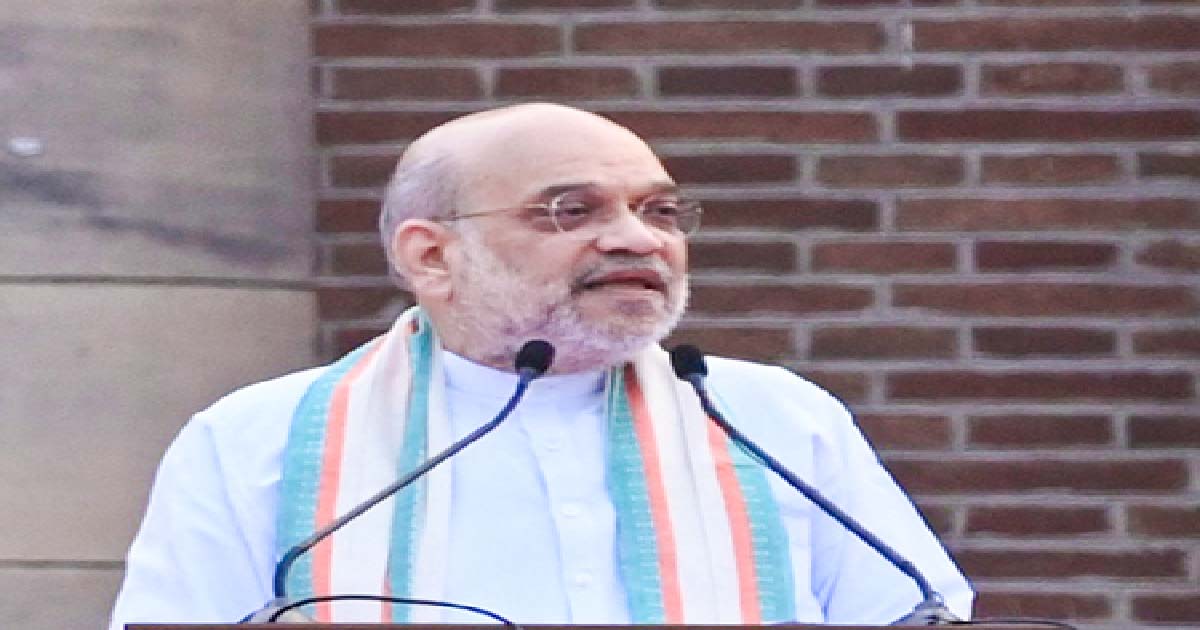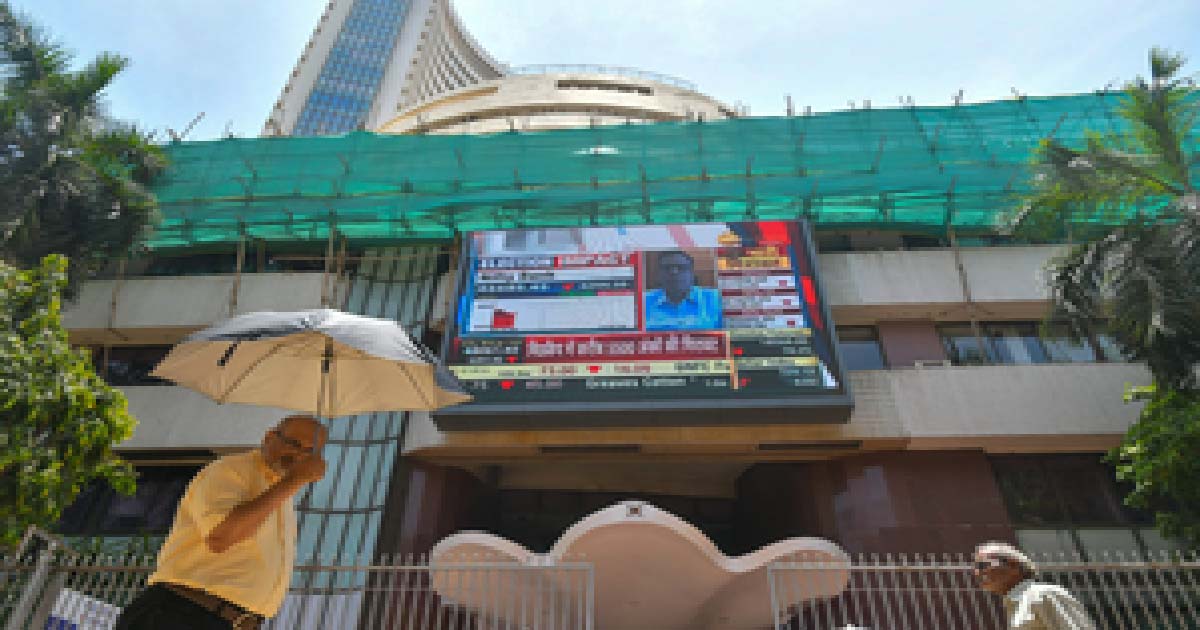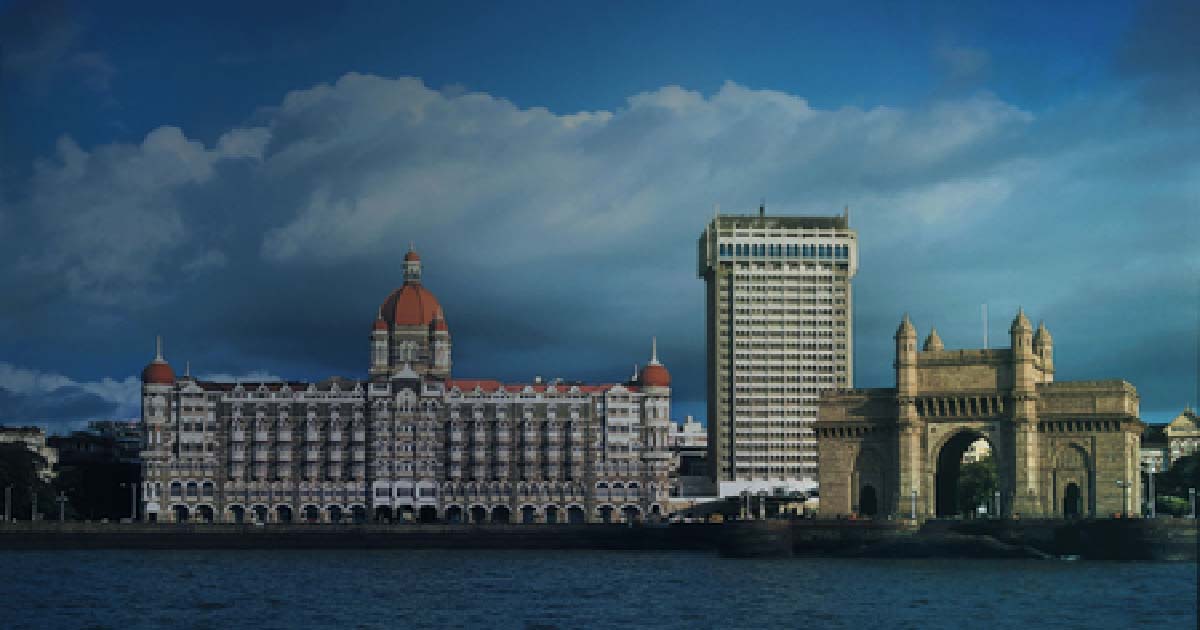Business
Sterlite Copper launches coffee table book highlighting role of copper in the modern world

Highlighting the importance of copper and its contribution to the modern world, Sterlite Copper launched a coffee table book, showcasing its origin and its definitive role in shaping the modern world, at the SICCI CXO Conclave, held in Chennai.
Unveiled by Mayur Karmakar, MD, International Copper Association, India, with Ms. A. Sumathi, Chief Operating Officer, Sterlite Copper, the 70-page book comes with an interesting title “Hi I’M COPPER”.
The book traverses the entire journey of copper from its discovery in 9,000 B.C. in an Egyptian river to the current times, focusing on its integral role in creating the modern world as we know it today. The book also traces the lifecycle of the metal and covers the entire gamut of its industrial and sectoral usage ranging from Power, Defence, Automobiles, Healthcare, FMCD among others.
Speaking at the launch of the Coffee Table Book, Ms. A. Sumathi, Chief Operating Officer, Sterlite Copper said: “We are delighted to unveil the copper coffee table book ‘Hi, I’m Copper’. The book aims to essay the journey of Copper and Sterlite’s smelting story. Over the last 25 years, Sterlite Copper has leveraged on technology to upgrade its processes and we had always benchmarked our practices to the global standards in terms of energy efficiency, copper recovery, effluent treatment while being sensitive to our corporate ethos of ESG standards.”
The book highlights how Sterlite Copper, which began with a 100 KTPA Smelter in the year 1996, went on to become the largest supplier of Copper in India, meeting nearly 36 per cent of the country’s copper demand by 2018. The operations of the plant are also benchmarked against global best-practices, with certifications in Quality, Environment, Occupational Health & Safety, Energy.
The plant has also invested heavily in environmental safeguards such as Gas Scrubbers, Effluent Treatment Plants and Reverse Osmosis Plants in order to ensure a safe and sustainable operation in Thoothukudi. The plant has been certified for its Zero Liquid Discharge, Water Consumption Management, Waste Reduction and Repurposing Waste towards Sustainable Applications.
The book also clearly brings out the economic benefits of the Thoothukudi plant in Tamil Nadu. It had emerged as a pillar of support for the community and a provider of livelihood to thousands of people. The plant engaged about 1,000 trucks/tankers on daily basis with consistent load, thereby providing livelihood to around 9,000 truck drivers and cleaners per month. It had over 650 supply and service partners and helped them generate a business of close to $134 million every year. The total number of dependent domestic companies for supply of raw material from Sterlite Copper was 381 and contributed approximately $295 million to the exchequer.
Additionally, it provided more than 17 per cent of Thoothukudi port’s total revenue. Even the by-products of the copper smelting like sulphuric acid, phosphoric acid, gypsum and copper slag act as critical input for a number of important industries. While sulphuric acid is the primary raw material for chemical and fertilizer, gypsum is a key ingredient for cement production.
Sumathi adds: “Copper is the third most used metal in industrial and civil applications across the world and its constantly increasing demand increases the need for production, thereby having a direct impact on employment opportunities & downstream industries. We at Sterlite have created direct employment for 4,000 people and impacted more than 20,000 people engaged in various supplier and customer units. Through the book, we want everyone to become aware about the journey & importance of copper and Sterlite, which together contributed immensely to the overall economy, not just at a national level, but also at a State and District level.”.
Prof. Ashutosh Sharma, Institute Chair Professor, Department of Chemical Engineering, Indian Institute of Technology, Kanpur & Former Secretary, Department of Science & Technology, government of India, who wrote the foreword for the coffee table book, says” “I believe Copper is one of the key drivers of Industry 4.0 and beyond. An invisible enabler, copper’s role in the future of our world will be all pervasive from our homes to outer space explorations.
“I’m delighted that the importance of copper is being covered in a comprehensive way in the book being launched today. I wish to congratulate the team Sterlite for conceiving and executing this much needed document of value to its many stakeholders from the traditional industries to Industry 4.0 and Digital/cyber technologies.”
Also speaking at the occasion, Mayur Karmakar, MD, International Copper Association India, said: “Copper is the third-most-essential metal in the world, contributing to the environmental and socio-economic development across the globe. The demand for the crucial metal, which is a key input for multiple sectors, is expected to further raise sustainable growth in the post-pandemic scenario.”
Another significant aspect of the book is that it brings into focus, the role of the company in building an aspirational and empowered society with all the stakeholders working in tandem for the common good all. For instance, under the Muthucharam initiative, the company plans to build a smart school and a well-equipped hospital for the community. Plans are also afoot to plant 1 million trees to make Thoothukudi, one of the greenest cities in India. Other initiatives include providing clean drinking water to every family in Thoothukudi. More than 2,300 families have already benefited from this project,Tamira Surabhi till date.
Business
HM Amit Shah congratulates Amul, IFFCO for landmark achievement among world cooperatives

New Delhi, Nov 5: It is a testament to the boundless potential of the cooperatives, Union Home Minister and Minister of Cooperation, Amit Shah, congratulated daily giant Amul and Indian Farmers Fertiliser Cooperative Limited (IFFCO) for occupying the first two ranks among the top 10 cooperatives in the world.
In a landmark achievement for India’s cooperative sector, two of India’s leading cooperatives, Amul and IFFCO, have secured the first and second ranks in the global ranking for cooperatives, respectively.
In a post on X social media platform, HM Shah said, “A proud moment for Bharat! Heartiest congratulations to Amul and IFFCO for occupying the first two ranks among the top ten cooperatives in the world”.
“It is an honour to the tireless dedication of millions of women associated with Amul and farmers contributing to the IFFCO. It is also a testament to the boundless potential of the cooperatives, which is being transformed into a global model of empowerment and self-reliance by Prime Minister Narendra Modi,” HM Shah posted.
Meanwhile, the India’s dairy sector is the backbone of rural livelihoods and a symbol of inclusive growth. As the largest milk producer in the world, India has combined farmer-led cooperatives, women’s participation and scientific practices to achieve remarkable progress.
Notably, while safeguarding existing gains, there is continued support to the sector through subsidies, credit facilities, R&D in fodder and animal health, among others, to ensure India’s dairy sector remains resilient, inclusive, and capable of meeting future domestic and international demand.
Moreover, the National Co-operative Exports Limited (NCEL), set up by the Government in 2023, has achieved the impressive milestone of exporting Rs 5,403.01 crore worth of agricultural commodities, including rice, fresh red onion, sugar, baby food, processed food, spices and tea.
Also, NCEL has been promoted by five leading co-operatives — Indian Farmers Fertiliser Co-operative Limited (IFFCO), Krishak Bharati Co-operative Limited (KRIBHCO), National Agricultural Co-operative Marketing Federation of India Limited (NAFED), Gujarat Co-operative Milk Marketing Federation (GCMMF–Amul) and the National Co-operative Development Corporation (NCDC).
Business
Indian stock markets closed on Nov 5 for Guru Nanak Jayanti; trade to resume tomorrow

Mumbai, Nov 5: The Bombay Stock Exchange (BSE) and the National Stock Exchange (NSE) remained closed on Wednesday on account of Prakash Gurpurb Sri Guru Nanak Dev, also known as Guru Nanak Jayanti.
Trading across segments, including equities, derivatives, securities lending and borrowing (SLBs), currency derivatives, and interest rate derivatives, stayed shut for the day.
The commodity derivatives market was also closed in the morning session between 9 am and 5 pm but will open for the evening session from 5 pm to 11:30/11:55 pm.
Regular trading on both exchanges will resume on Thursday (November 6).
On Tuesday, Indian stock markets ended lower, with the Nifty slipping below the 25,600 mark amid broad-based selling pressure.
The Sensex fell 519.34 points, or 0.62 per cent, to close at 83,459.15, while the Nifty dropped 165.70 points, or 0.64 per cent, to end at 25,597.65.
The BSE Midcap index declined 0.2 per cent, and the Smallcap index fell 0.7 per cent.
Among major Nifty stocks, Power Grid Corp, Coal India, Tata Motors Passenger Vehicles, Bajaj Auto, and Eternal were the top losers.
On the other hand, Titan Company, Bharti Airtel, Bajaj Finance, HDFC Life, and M&M gained during the session.
Barring telecom and consumer durable sectors, all other indices ended in the red. IT, auto, FMCG, metal, power, realty, and PSU indices slipped between 0.5 to 1 per cent.
Market analysts said that the Nifty has retested its 20-day exponential moving average (EMA). A sustained move below this level could weaken the positive sentiment and extend the correction toward 25,400.
“On the higher side, 25,800 is likely to act as an immediate resistance level. Traders have been advised to remain cautious and focus on risk management until a clear market direction emerges,” experts said.
Business
Indian Hotels clocks 48.6 pc drop in Q2 net profit to Rs 285 crore

Mumbai, Nov 4: Tata Group’s hospitality arm, Indian Hotels Company Limited (IHCL), on Tuesday reported a 48.6 per cent year-on-year (YoY) drop in net profit to Rs 285 crore for the quarter ended September 2025 (Q2 FY26).
The company had posted a profit of Rs 555 crore in the same quarter last financial year (Q2 FY25), according to its stock exchange filing.
Despite the fall in profit, IHCL’s revenue from operations rose 11.8 per cent to Rs 2,040.8 crore, compared with Rs 1,826 crore in the corresponding period of the previous financial year.
The company’s EBITDA (earnings before interest, tax, depreciation, and amortisation) also showed improvement, rising 14.2 per cent year-on-year (YoY) to Rs 572 crore from Rs 501 crore a year ago.
The EBITDA margin improved slightly to 28 per cent, compared with 27.4 per cent in the same quarter last financial year.
On the market front, IHCL shares ended at Rs 743.75 on the BSE, down Rs 3.30 or 0.44 per cent on Tuesday.
Over the last five days, the stock gained Rs 2.35 or 0.32 per cent, while in the past month, it rose Rs 20.65 or 2.85 per cent.
However, over a longer period, the stock has faced some pressure. In the last six months, IHCL shares fell Rs 57.60 or 7.18 per cent, and on a year-to-date (YTD) basis, they are down Rs 129.40 or 14.81 per cent.
Still, over the past one year, the stock has gained Rs 77.65 or 11.65 per cent.
The Indian Hotels Company Limited (IHCL) is South Asia’s biggest hospitality group. It was founded in 1903 by Jamsetji Tata, who started it with the opening of The Taj Mahal Palace in Mumbai.
The company is best known for its Taj hotels and its unique culture called “Tajness,” which combines Indian tradition with modern hospitality.
Today, IHCL runs more than 550 hotels across four continents and focuses on being both innovative and sustainable.
-

 Crime3 years ago
Crime3 years agoClass 10 student jumps to death in Jaipur
-

 Maharashtra1 year ago
Maharashtra1 year agoMumbai Local Train Update: Central Railway’s New Timetable Comes Into Effect; Check Full List Of Revised Timings & Stations
-

 Maharashtra1 year ago
Maharashtra1 year agoMumbai To Go Toll-Free Tonight! Maharashtra Govt Announces Complete Toll Waiver For Light Motor Vehicles At All 5 Entry Points Of City
-

 Maharashtra1 year ago
Maharashtra1 year agoFalse photo of Imtiaz Jaleel’s rally, exposing the fooling conspiracy
-

 National News1 year ago
National News1 year agoMinistry of Railways rolls out Special Drive 4.0 with focus on digitisation, cleanliness, inclusiveness and grievance redressal
-

 Maharashtra12 months ago
Maharashtra12 months agoMaharashtra Elections 2024: Mumbai Metro & BEST Services Extended Till Midnight On Voting Day
-

 National News1 year ago
National News1 year agoJ&K: 4 Jawans Killed, 28 Injured After Bus Carrying BSF Personnel For Poll Duty Falls Into Gorge In Budgam; Terrifying Visuals Surface
-

 Crime1 year ago
Crime1 year agoBaba Siddique Murder: Mumbai Police Unable To Get Lawrence Bishnoi Custody Due To Home Ministry Order, Says Report












